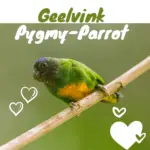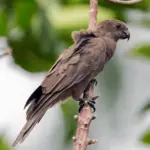
Yellow-capped Pygmy-Parrot (Micropsitta keiensis) 9 cm; 11–14 g. Most of the plumage is green, but crown dusky yellow, shading to green at the rear, and upper face ochre shading to the green below. No apparent sex or age differences.
Race viridipectus supposedly darker than nominate; chloroxantha has variable orange-red midline down lower breast and belly.
Micropsitta keiensis Scientific name definitions
- LC Least Concern
- Names (15)
- Subspecies (3)
Systematics History
Editor’s Note: This article requires further editing work to merge existing content into the appropriate Subspecies sections. Please bear with us while this update takes place.
Forms a species group with M. geelvinkiana and M. pusio. Proposed race sociabilis is the synonym for chloroxantha. Three subspecies were recognized.
Subspecies
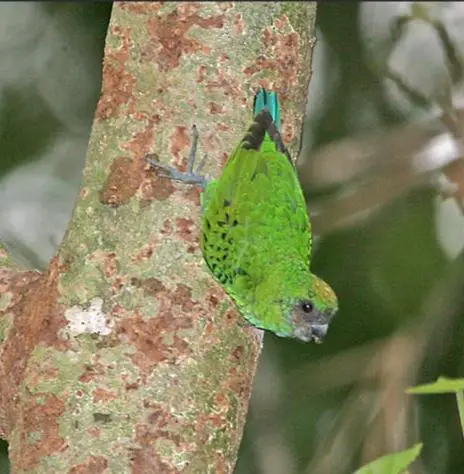
SUBSPECIES
Micropsitta keiensis keiensis Scientific name definitions
Distribution
Kai Is (Kai Kecil, Kai Besar) and Aru Is.
SUBSPECIES
Micropsitta keiensis chloroxantha Scientific name definitions
Distribution
Gebe and W Papuan Is (Waigeo, Salawati, Misool), and NW New Guinea (Vogelkop and Onin Peninsulas).
SUBSPECIES
Micropsitta keiensis viridipectus Scientific name definitions
Distribution
S New Guinea.
Distribution
Editor’s Note: Additional distribution information for this taxon can be found in the ‘Subspecies’ article above. In the future, we will develop a range-wide distribution article.
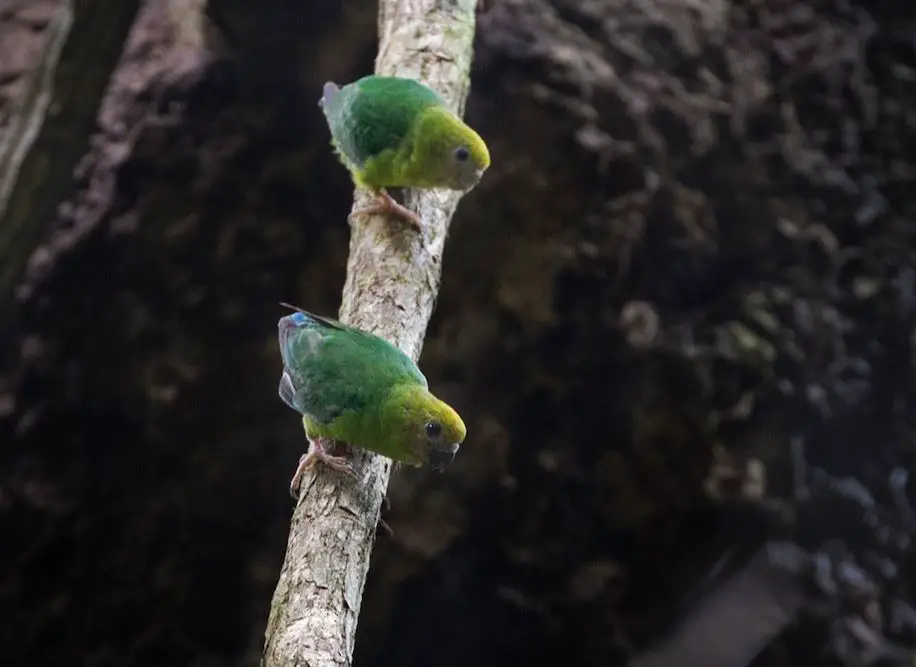
Yellow-capped Pygmy-Parrot
Habitat
Lowland and hill forests, coconut plantations, mangroves, nypa forests, even visiting trees in villages; usually in the understorey. On Kai Is ranges to 250 m.
Diet and Foraging
Presumably, fungus and lichen taken by bark-gleaning on trunks seekmute0: of flowering trees, particularly figs; most stomach contents are an indeterminate paste, but small seeds found.
Sounds and Vocal Behavior
Parrot Calls include high-pitched short notes such as “tsit” or “tsee”. Also short phrases of 2–4 different notes, e.g. “tsee-see-seet”.
Breeding
Sept–Mar on basis of nestling in Oct, breeding condition male Yellow-capped Pygmy-Parrot in Nov, nest with young in Mar.
Nest in hollow excavated in arboreal termitarium 3–4 m from the ground. In one nest there were 6 adults as well as 2 nestlings since the nest was also used for roosting by young from previous broods.
Conservation Status
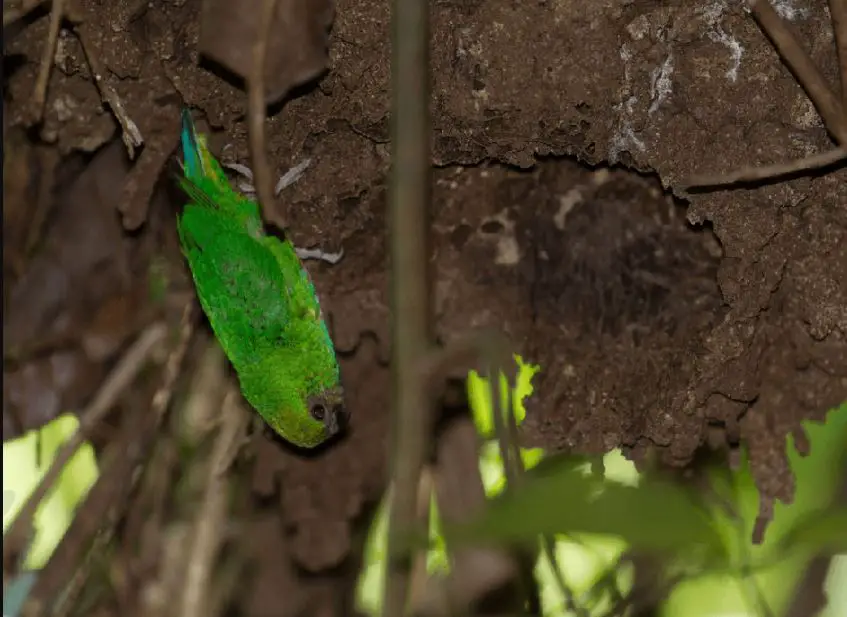
Yellow-capped Pygmy-Parrot
Conservation status on BirdlifeLC Least Concern Not globally threatened. CITES II. Very common on Kai Is, scarce on Aru Is (apparently naturally), moderately common throughout W Papuan Is.
Buff-faced Pygmy Parrot @ Walindi Resort, New Britain Island, Papua New Guinea
SOURCE: Walindi Resort MV FeBrina

